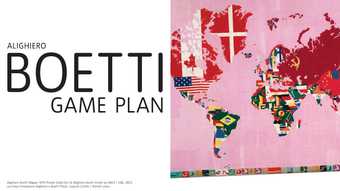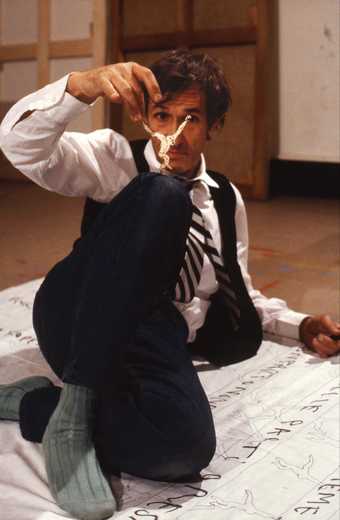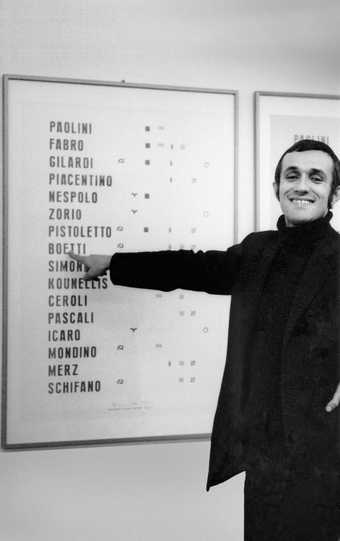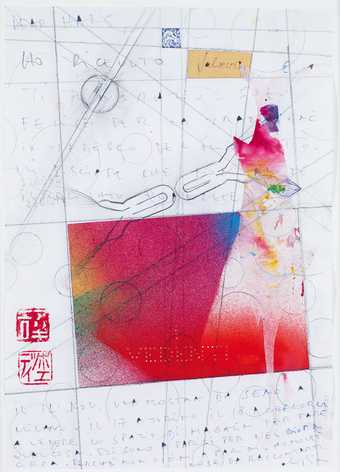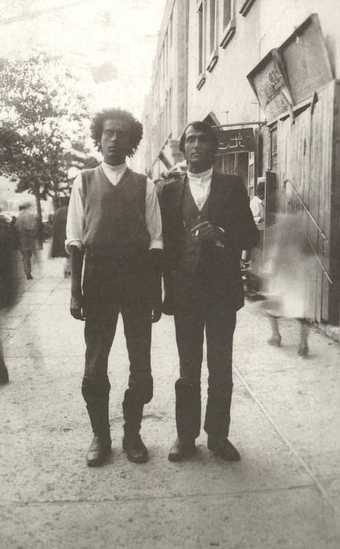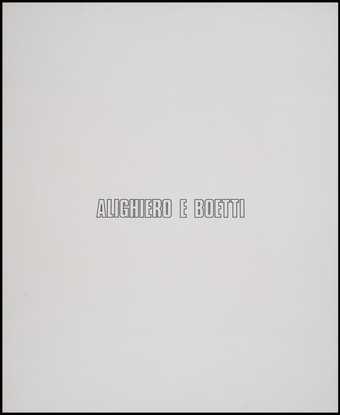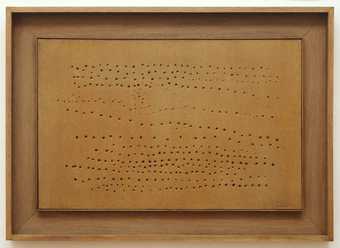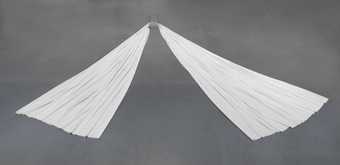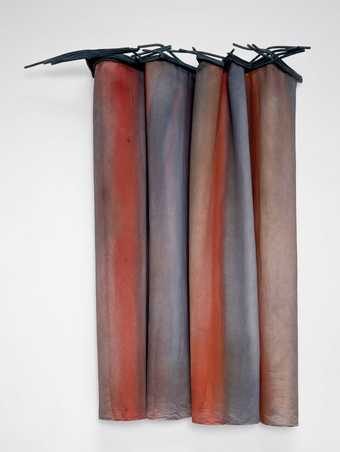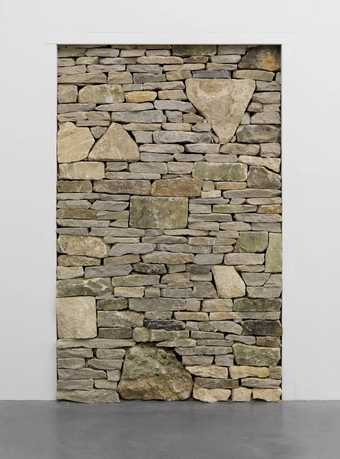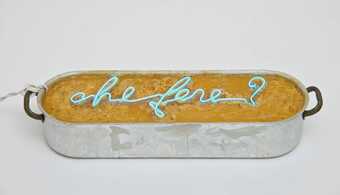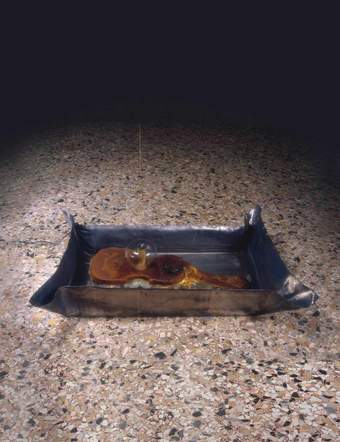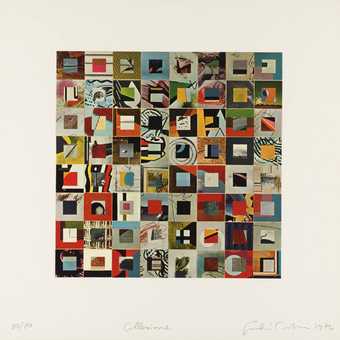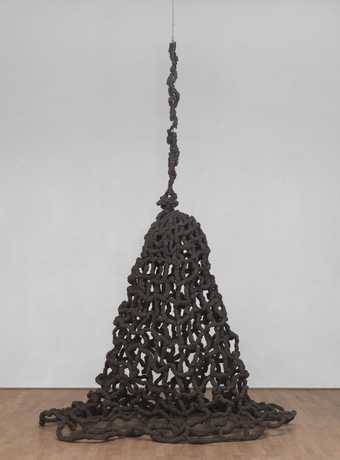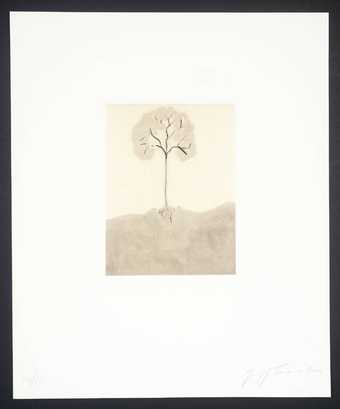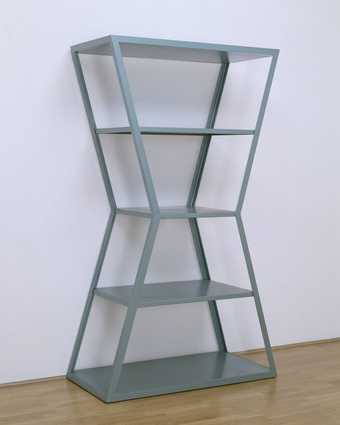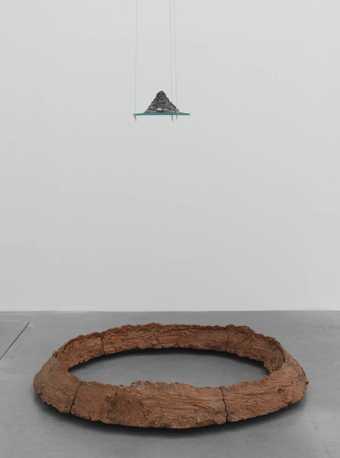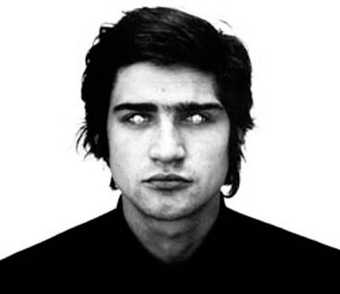
To Turn One's Eyes Inside Out Giuseppe Penon
The term 'Arte Povera' was introduced by the Italian art critic and curator, Germano Celant, in 1967. His pioneering texts and a series of key exhibitions provided a collective identity for a number of young Italian artists based in Turin, Milan, Genoa and Rome. They were working in radically new ways, breaking with the past and entering a challenging dialogue with trends in Europe and America.ÌýZero to Infinity: Arte Povera 1962–1972Ìýexamines the work of fourteen key artists:ÌýGiovanni Anselmo,ÌýAlighiero Boetti,Ìý,ÌýLuciano Fabro,Ìý,ÌýJannis Kounellis,ÌýMario Merz,ÌýMarisa Merz,ÌýGiulio Paolini,ÌýPino Pascali, Giuseppe Penone,ÌýMichelangelo Pistoletto,ÌýandÌýGilberto Zorio.
As the Italian miracle of the post-war years collapsed into a chaos of economic and political instability, Arte Povera erupted from within a network of urban cultural activity. This exhibition encompasses a decade that opened with the birth of this energetic scene and closed with the emergence of these artists as individuals of significance within an international arena.
As opposed to endorsing a distinctive style, Arte Povera described a process of open-ended experimentation. In the wake of the iconoclastic artistic innovations of Italian precursors Lucio Fontana and Piero Manzoni, artists were able to begin from a zero point, working outside formal limitations. Arte Povera therefore denotes not an impoverished art, but an art made without restraints, a laboratory situation in which a theoretical basis was rejected in favour of a complete openness towards materials and processes.
The artists associated with Arte Povera worked in many different ways. They painted, sculpted, took photographs and made performances and installations, creating works of immense physical presence as well as small-scale, ephemeral gestures. They employed materials both ancient and modern, man-made and 'raw', revealing the elemental forces locked within them as well as the fields of energy that surround us. They explored the context of art-making itself, and the space of the gallery, as well as the world beyond the gallery, reflecting on the relationship between art and life. Essentially, they placed the viewer at the centre of a discussion about experience and meaning.
Contemporary artists continue to operate on ground that was cleared by Arte Povera. To revisit Arte Povera at its moment of genesis is thus to explore the history of the present and the beginning of now.

